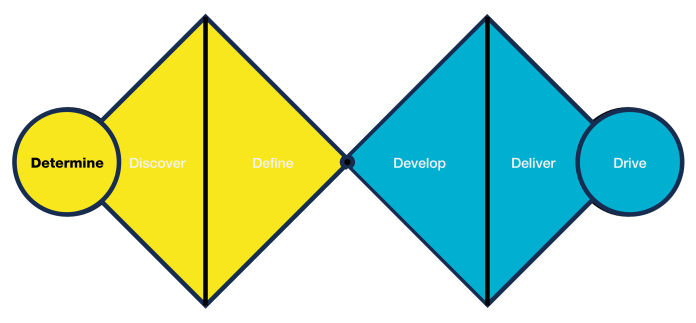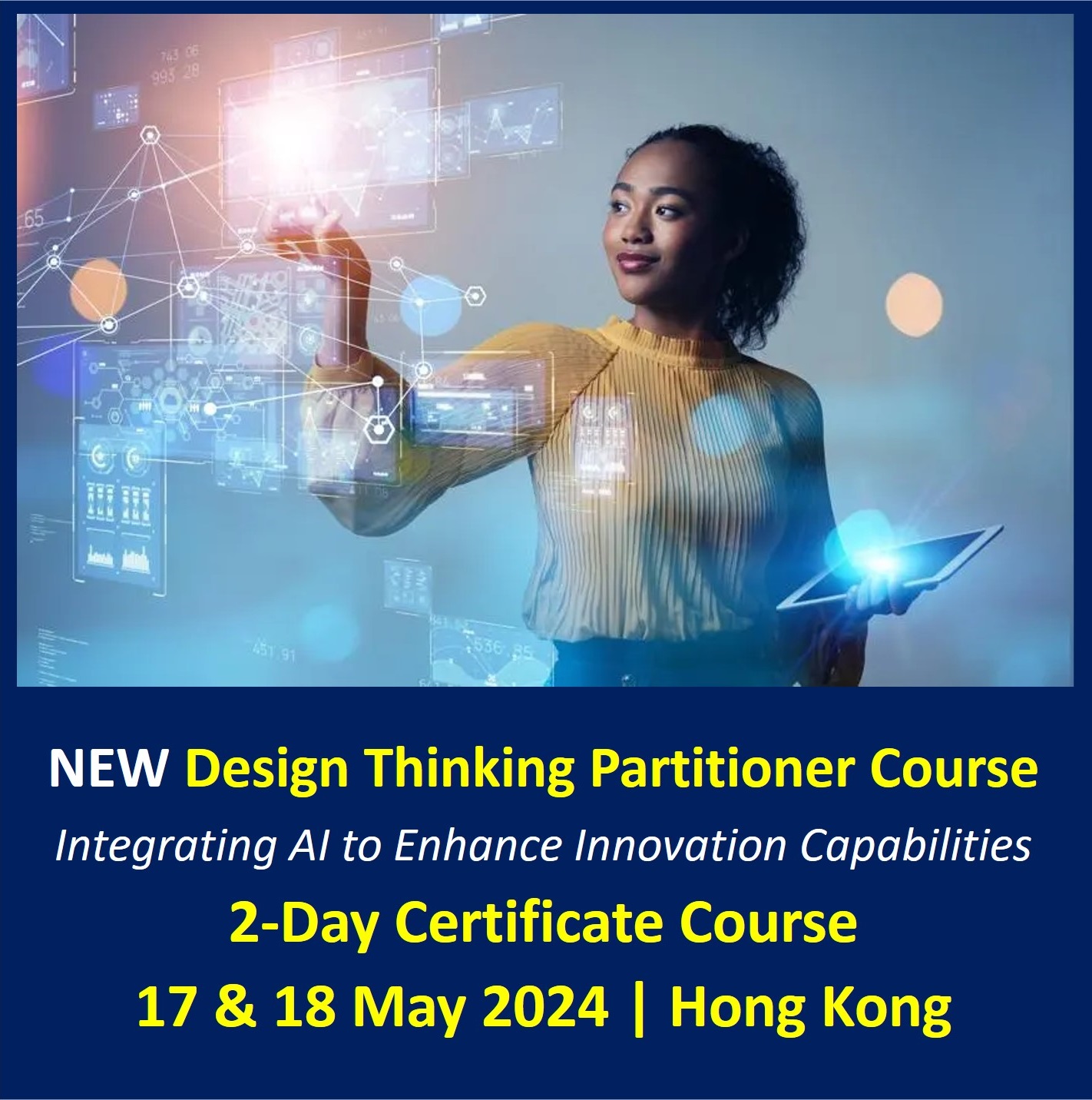English | Chinese (繁體中文)
The Role of This Tool in the First Phase of the Design Thinking method

In the “Determining Major Changes and Challenges” phase, the purpose is to understand the broader context, identify key changes, and highlight challenges that are relevant to the problem. The “Extremes and Mainstreams” tool assists in this process by focusing on the spectrum of users.
“Extremes and Mainstreams” involves studying both extreme users (those who are on the outer edges of the user spectrum) and mainstream users (those who represent the majority). By investigating these two groups, teams can uncover needs that are not addressed or are inadequately addressed. This can lead to identifying major changes and challenges that present opportunities for innovative solutions.
It embodies the human-centered approach of Design Thinking as it focuses on understanding a wide range of users and their needs. By including both extreme and mainstream users, it ensures that solutions are designed with a broad spectrum of human needs and behaviors in mind.
Furthermore, the tool emphasizes empathy and understanding, core principles of the human-centered approach. It encourages teams to step into users’ shoes, understand their experiences and challenges, and use these insights to guide the design process. This ensures that the solutions developed are not only innovative but also meaningful and valuable to the users they are designed for.
The Procedure for Using This Design Thinking Tool
Step 1: Identify Users: Begin by identifying your user spectrum for the problem or project at hand.
Step 2: Select Extremes: Identify extreme users. These are users whose needs are unmet by current solutions or who use solutions in unique or unusual ways.
Step 3: Select Mainstreams: Identify mainstream users. These are your typical users who represent the majority of the user base.
Step 4: Conduct Research: Conduct interviews, observations, or other types of user research with both extremes and mainstream users to understand their needs, behaviors, and challenges.
Step 5: Analyze Findings: Analyze the findings to identify unmet needs, hidden opportunities, or challenges common to both extremes and mainstream users.
The Worksheet of This Tool

Note: In order to enhance the efficiency and effectiveness of business innovation and digital transformation projects, we have joined forces with data and digital experts to launch Data-Driven Design Thinking Tools and Technologies. Details have been announced in the seminar of 「數據驅動的設計思維,更快更準實現創新成果」. If you need to revisit the seminar, please click on the following link: https://www.innoedge.com.hk/data-driven-design-thinking-2023







![[Class Recap] Empowering Your Creativity and Innovation Power](https://i0.wp.com/www.innoedge.com.hk/wp-content/uploads/2024/04/20240329_180728-scaled.jpg?resize=218%2C150&ssl=1)
![[Class Recap] Developing Sustainable Business Models through Systems Thinking](https://i0.wp.com/www.innoedge.com.hk/wp-content/uploads/2024/04/20240328_181754-scaled.jpg?resize=218%2C150&ssl=1)
![[Class Recap] Creating Wonderful User Experience through Customer Journey Design](https://i0.wp.com/www.innoedge.com.hk/wp-content/uploads/2024/04/20240328_131024-scaled.jpg?resize=218%2C150&ssl=1)










